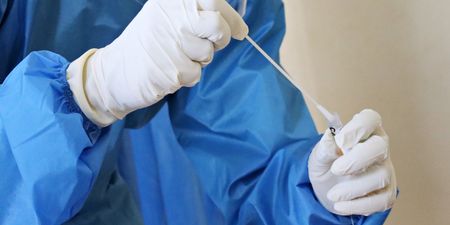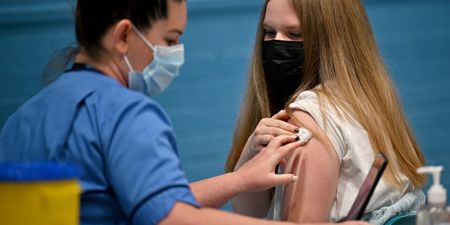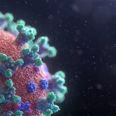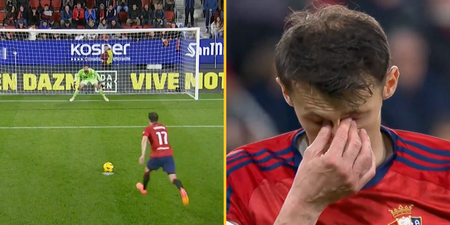The bizarre symptom affects children and teenagers most
Scientists believe they have come up with an explanation for one of the weirder symptoms that some people develop following a Covid-19 infection – ‘Covid toe’.
‘Covid toe’ is a symptom where people develop small, red, itchy patches on their toes and fingers after catching the disease, similar to chilblains.
The symptom affects children and teenagers more commonly – but scientists think they may have found the explanation, meaning they can help treat this unusual symptom.
Findings published in the British Journal of Dermatology say that ‘Covid toe’ appears to be a side effect of the body’s immune system switching into attack mode to fight off the virus – and researchers say they have now pin-pointed which parts of the immune system are responsible for this.
For some, the rashes can be extremely sore and itchy, causing tender blisters and swelling.
The research suggests that two parts of the immune system help cause the symptom.
The first is an antiviral protein called type 1 interferon and the second is a type of antibody that mistakenly attacks the person’s own cells and tissues along with the virus.
Investigators from the University of Paris studied 50 people with suspected ‘Covid toe’ in spring 2020 and 13 others who had developed similar lesions well before the pandemic so therefore weren’t connected to Covid.
Have you heard of covid toes? 🦶
Foot doctors across the world are seeing the condition in mostly younger patients with 13-year-old Sofia being severely affected. #TheNine pic.twitter.com/THKPjELcOK
— The Nine (@BBCScotNine) October 6, 2021
Dr Veronique Bataille, a dermatologist and spokesperson for the British Skin Foundation, said that ‘Covid toe’ appears to be on the decrease due to vaccination rates and that occurrences of the condition are much lower than in the first wave of the virus.
She said: “The current delta wave has not generated as many cases [of Covid-toe]. The treatment varies depending on the symptoms and severity of the rash.
“It is usually self-resolving but can last for many weeks and may also appear quite a while after the acute infection or in previously asymptomatic individuals so the link with Covid infection is sometimes not made.”
Related links:
- Callum Robinson says he is not vaccinated, despite having COVID twice
- Covid pill halves hospitalisations and deaths, according to manufacturer
- Long Covid has more than 200 symptoms, according to study





















































